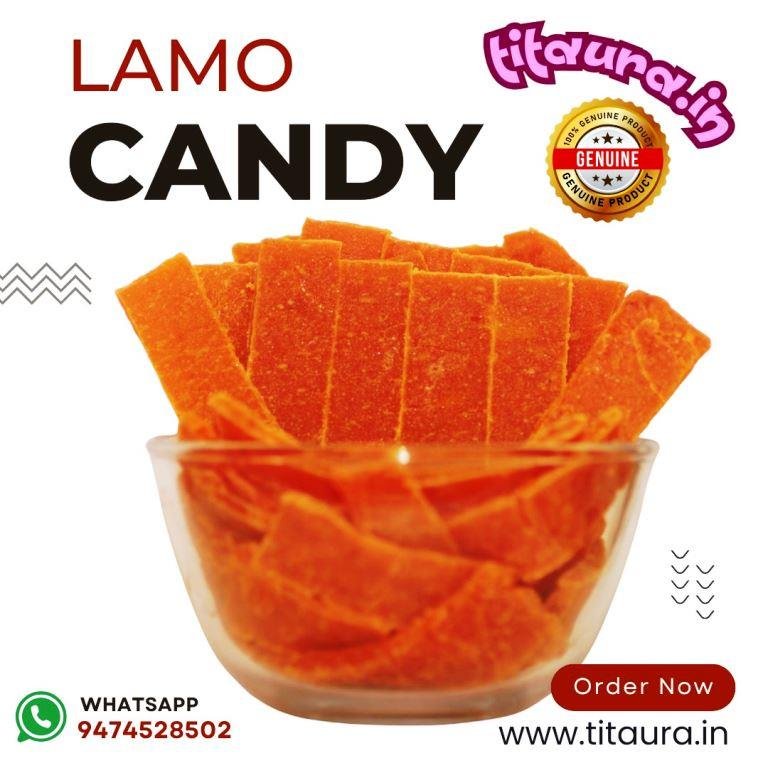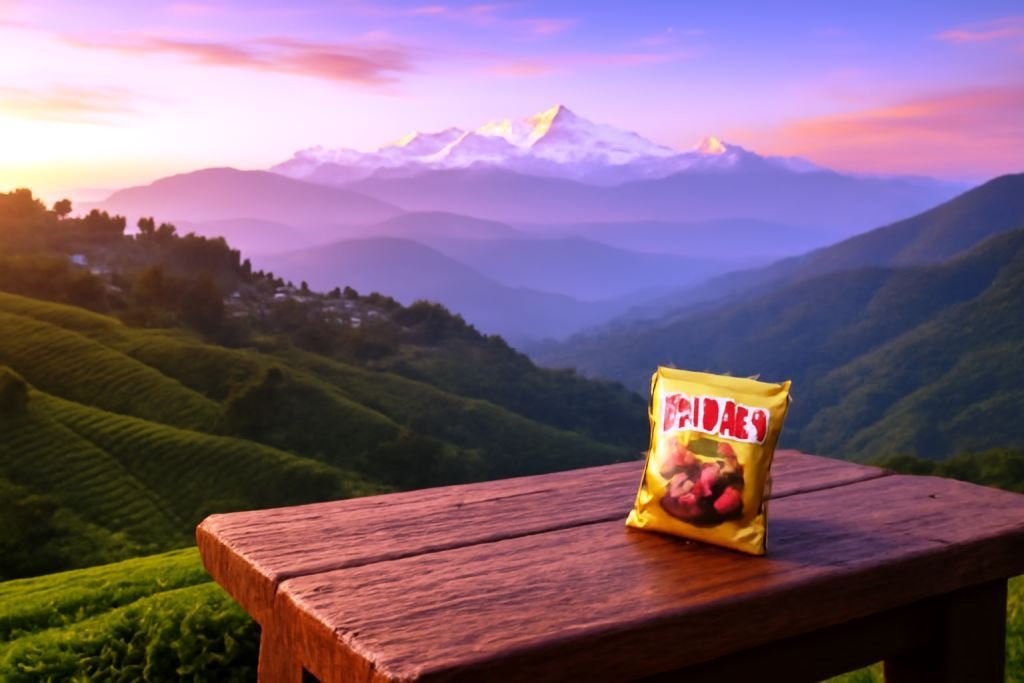Titaura is a popular Nepali snack made from dried fruits, typically with a blend of sweet, sour, salty, and spicy flavors. It comes in various forms and uses different fruits as a base. Here’s a breakdown of what titaura is:
Key Characteristics:
- Fruit-based: The primary ingredient is usually a fruit that is dried and then processed. Common fruits include:
- Lapsi (Hog Plum): This is a very common base for titaura, known for its tangy and slightly sour taste.
- Mango: Offers a sweeter base that is combined with spices.
- Tamarind (Imli): Provides a strong sour flavor.
- Amla (Indian Gooseberry): Known for its slightly bitter and sour taste, often made into a healthier, Vitamin C-rich titaura.
- Lemon (Kagati): Creates a zesty and tangy variety.
- Flavor Profile: Titaura is characterized by a complex flavor profile that typically includes:
- Sweetness: From added sugar or the natural sugars in some fruits.
- Sourness: From the base fruit itself (like lapsi, tamarind, or lemon).
- Saltiness: Added to enhance the other flavors.
- Spiciness: From the inclusion of chili powder and other spices.
- Texture: The texture can vary depending on the preparation. It’s often chewy and sometimes sticky. Some varieties might be dried into flatter sheets or rolled into small pieces.
- Popularity: Titaura is a beloved snack in Nepal and the Darjeeling region of India, enjoyed by people of all ages. It’s commonly found in school canteens, roadside stalls, and supermarkets.

Common Types of Titaura:
Based on the main fruit and flavor variations, some common types include:
- Lapsi Titaura: Made from dried lapsi, often sweet, sour, and spicy. It can come in different forms like Lapsi Dallo (balls) or pressed sheets.
- Mango Titaura (Aamp Piro): Made from dried mangoes with a blend of sweet, spicy, and tangy flavors.
- Imli Titaura: Tamarind-based, known for its prominent sourness combined with sweetness and spice.
- Amala Titaura: Made from Indian gooseberry, often appreciated for its health benefits and unique taste.
- Kagati (Lemon) Titaura: Tangy and zesty due to the use of dried lemons.
- Chatpat Masala Titaura: This often refers to a particularly spicy and tangy mix, sometimes made with a combination of fruits or fruit pulp and a generous amount of spices.

Ingredients often used in Titaura:
Besides the main fruit, common ingredients include:
- Sugar (or jaggery)
- Salt (including black salt)
- Chili powder (red chili flakes may also be used)
- Spices (such as cumin powder, coriander powder, black pepper, hing (asafoetida), ginger powder, garam masala)
- Sometimes, binding agents might be used to achieve a certain texture.
How it’s made (General Process):
The process generally involves:
- Preparing the fruit: Washing, peeling (if necessary), and sometimes boiling or softening the fruit. For some fruits like lapsi, the pulp is extracted.
- Mixing ingredients: The prepared fruit pulp or pieces are mixed with sugar, salt, spices, and chili powder.
- Drying: The mixture is then typically spread out in the sun or dehydrated until it reaches the desired chewy or leathery texture. It might be cut into pieces or shaped into balls or other forms after drying.
Titaura is more than just a snack; it’s a part of the culinary culture of Nepal and surrounding regions, offering a burst of diverse flavors in every bite.






Leave a Reply